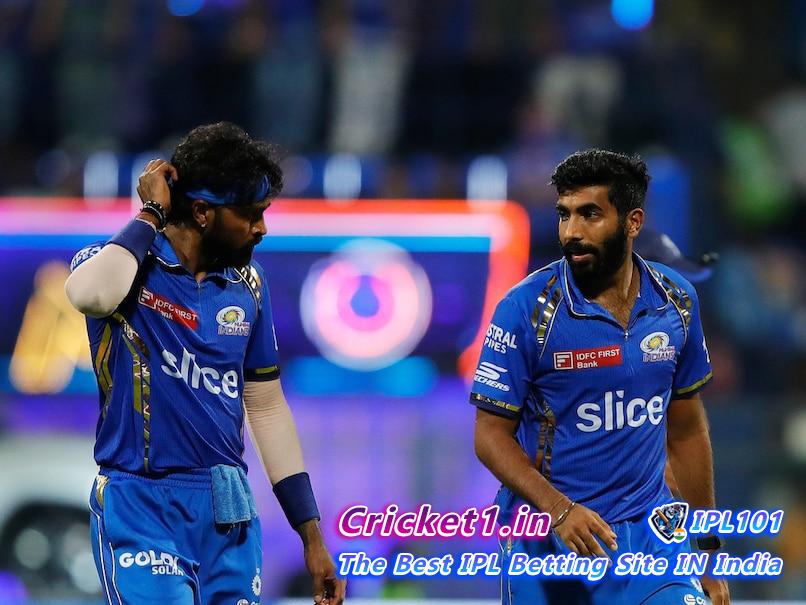
In a recent nail-biter in the Indian Premier League, the Mumbai Indians (MI) narrowly secured a victory against the Punjab Kings (PBKS) with a mere nine runs. However, the match left cricket analysts and former players debating the strategic decisions made during the game, particularly those by MI captain Hardik Pandya regarding the utilization of Jasprit Bumrah, the team’s pace spearhead.
Tom Moody, a respected former Australian all-rounder, expressed concern over Pandya’s tactical choices during the IPL clash. According to Moody, Pandya failed to optimally deploy Bumrah during critical phases of the match, which potentially allowed PBKS to claw their way back into contention when they seemed poised for a straightforward defeat.
Bumrah showcased a stellar performance at the Mullanpur stadium, initially dismantling PBKS’s top order by taking out key players such as Sam Curran, Rilee Rossouw, and Shashank Singh. Despite this impressive start where Bumrah seemed virtually unplayable, he was surprisingly withdrawn from the attack shortly after. “He bowled two overs early on and had the Punjab Kings on their back,” Moody noted during a discussion on Star Sports Cricket Live. “But interestingly enough, he didn’t bowl another over until the 13th.”
This gap in Bumrah’s bowling stint appeared to give PBKS the breathing room they needed to recuperate and rebuild their innings, narrowly missing the target set by MI. Moody pointed out this could be a missed opportunity to shut the game early, emphasizing the significant pressure it puts on a key player like Bumrah when not supported adequately or used effectively.
Further commentary from Moody also hinted at potential areas of improvement for MI, including the need for better support from other bowlers in the squad. “We want to see them close out games early by bringing Bumrah back or (Gerald) Coetzee,” Moody said. He also commented on Pandya’s form, suggesting that an off-colour performance by the captain in his bowling capacity might be affecting the team’s strategic executions during critical match phases.
Dale Steyn, a former South African fast bowler, echoed Moody’s sentiments, stating the obvious strains on frontline pacers like Bumrah and Coetzee during the long haul of the IPL tournament. “They have to depend on guys like Hardik to finish off, who hasn’t been bowling as well of late,” Steyn remarked. He highlighted the struggles faced by other bowlers like Romario Shepherd, who might falter under pressure towards the game’s end, leaving too much on the shoulders of the key pacers.
Moreover, Moody shifted focus on Suryakumar Yadav, MI’s middle-order batsman, who struck a critical 53-ball 78 in the same match. Having recently returned from an injury layoff, there is an emphasis on Yadav’s need to regain full fitness to play his best cricket, especially with the T20 World Cup on the horizon.
Finally, amidst the strategic analyses, there was a moment of cricketing brilliance that captured the imagination of spectators and analysts alike. Ashutosh Sharma of PBKS played an innovative sweep shot against a delivery from Bumrah, a tactic seldom used against the fast bowler, showcasing the unpredictable and thrilling nature of the IPL.
The game ended with Mumbai Indians eking out a victory, but the discussions surrounding the decisions taken during the match continue to provide enriching insights into the tactical dimensions of cricket. The IPL remains a platform not only for spectacular cricketing displays but also for dissecting the nuances of game management and leadership under pressure.

